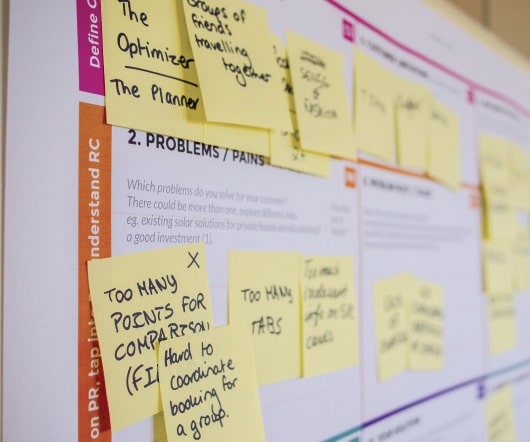Layoffs (Usually) Don’t Work and Why They Harm More Than Help
Workplace Psychology
DECEMBER 3, 2018
D]ownsizing has negative impacts on employee morale and health, workgroup creativity and communication, and workforce quality” (Heneman & Judge, 2005, pp. Leadership + Talent Development Advisor. (Muchinsky, 2006, p. Some hidden costs of downsizing include (Snell & Bohlander, 2013, p. 17): Severance and rehiring costs.




























Let's personalize your content